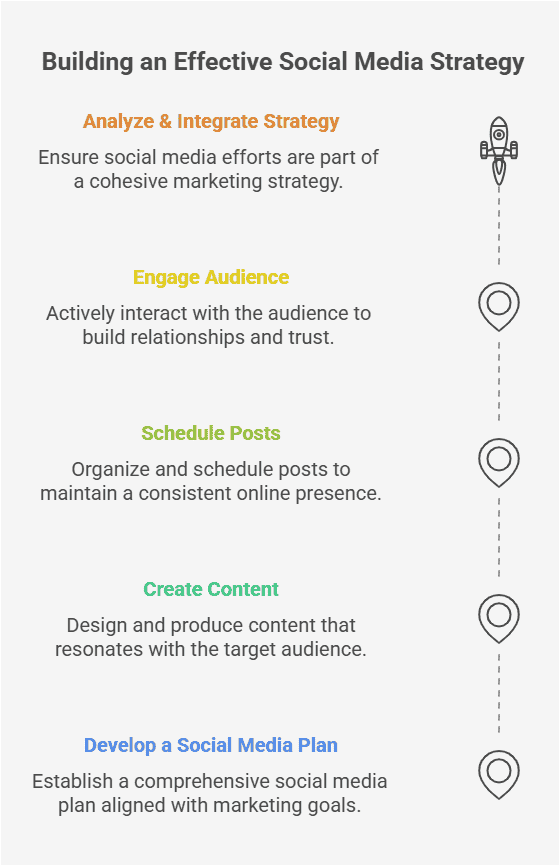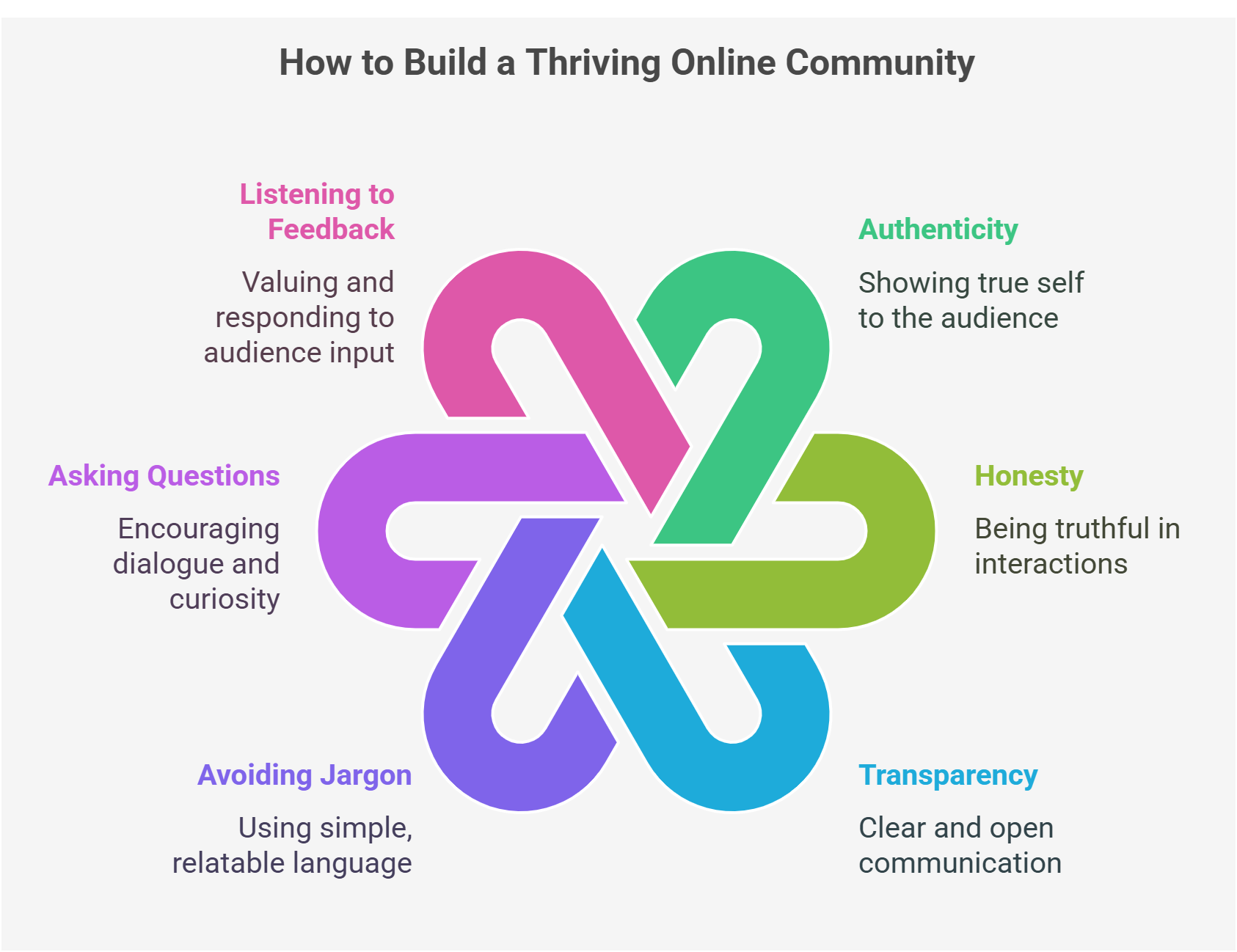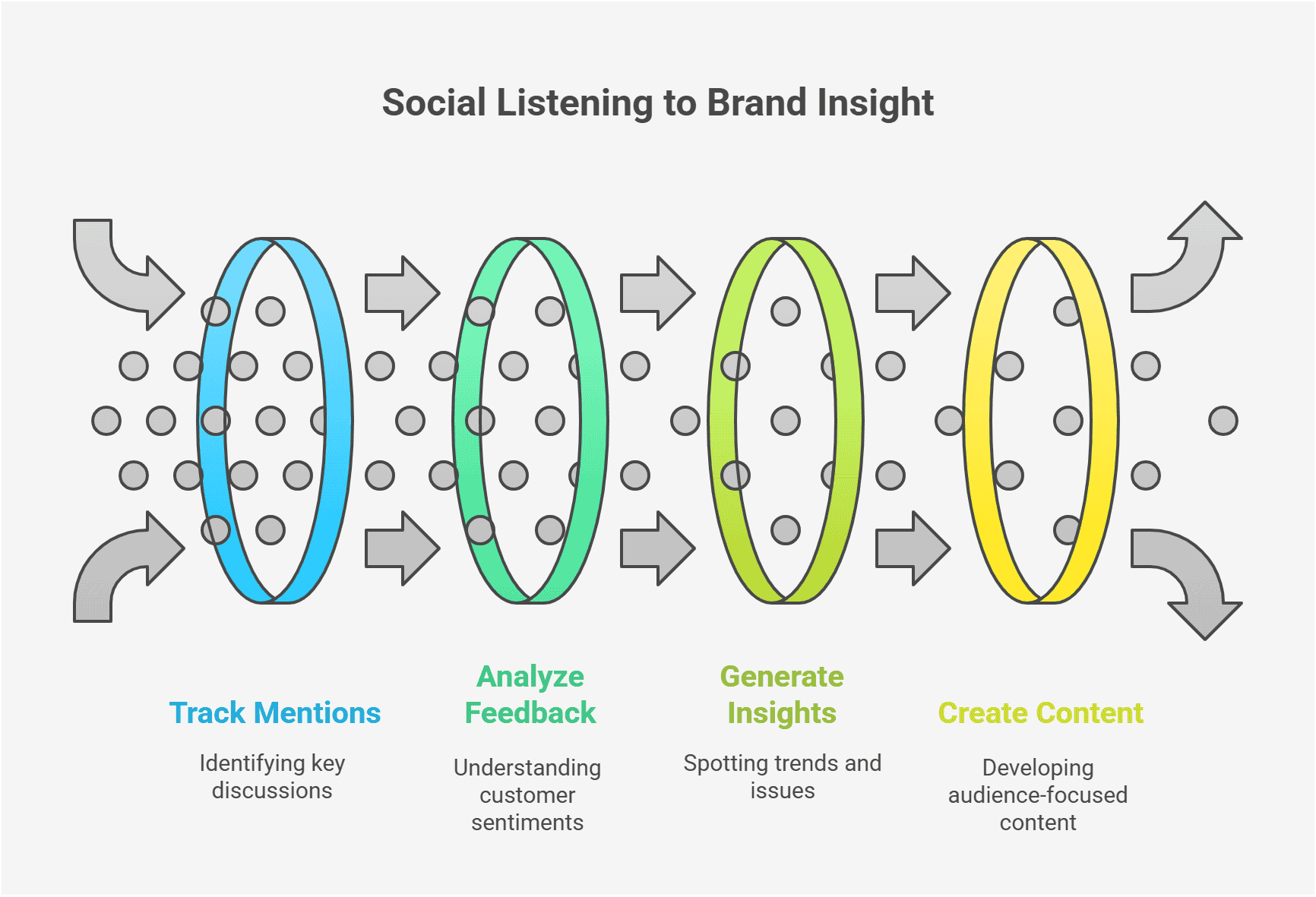Social Media Marketing Strategy: Engage & Grow
What is Social Media Marketing?
To understand it fully, we first need to understand social media itself. Websites and apps make up social media. People use these online platforms or channels to create, share, and interact with content.
Social media marketing is a way to promote brands, products, or services using online platforms. Part of a larger content strategy. When people do this, they create online communities where they exchange ideas and engage in discussions in real time. As a result, billions of people now connect and participate in these online spaces around the world.
Marketers recognize that social media is where conversations are happening and where people are making decisions every day. With so many individuals online, social media becomes a natural channel for telling your brand’s story and is key to a digital marketing strategy.
This means sharing information about products or services. It also involves talking with potential customers. This helps build trust and credibility.
At its core, social media marketing is about connecting with your target audience. By making valuable content and joining these online platforms, businesses can boost brand awareness.
They can capture leads, make sales, and build customer loyalty. Social media marketers talk directly to consumers on these platforms. They respond to questions and share updates. This builds strong relationships that last beyond simple sales.
In short, social media marketing is a dynamic and interactive way to reach a very large audience. It uses the power of online communities to create meaningful interactions and drive business growth. When brands connect on popular platforms, they ensure that their story resonates and holds value.
Social Media Marketing Objectives
Social media objectives are clear goals a business sets. These goals help measure how well its social media activities are working. Without these goals, sharing posts and videos can feel random and unplanned.
Every social media post should have a purpose. This could be to gain more followers, get likes and comments, or encourage visits to a website or sales.
These objectives usually fall into three main groups:
Growth: This means increasing your online presence. You can measure growth by looking at how many new followers you gain, how many times your posts are seen (impressions), or how far your reach extends. One way to increase growth is through paid ads on social media.
2. Engagement: How much your target audience interacts with your content. Engagement includes actions like likes, comments, and shares. The most important social media metric is the engagement rate. The engagement rate shows you how interesting your content is to your audience. You can calculate it with this simple formula:
Engagement Rate Formula
(Total Engagements ÷ Total Followers or Reach) × 100
You can measure the engagement rate per post or by reach (# people who saw the content), either way, it is best to look at a few posts over time the average engagement rate.
Per Post: (Engagements on a post ÷ Followers) × 100
Example: A post with 500 likes/comments and 10,000 followers = 5% engagement rate.
Using Reach: (Engagements ÷ Reach) × 100
Example: 500 engagements ÷ 2,000 people who saw the post = 25% engagement rate.
3. Conversion: This focuses on actions that lead to business results, such as people clicking on a link, signing up for a newsletter, or buying a product.
Clear social media objectives are important because they guide your efforts and show you whether your posts are effective.
Instead of posting just because everyone else is, setting goals helps you see if your social media work is helping your business grow. When you know what you want to achieve, you can adjust your strategy based on what the numbers tell you, like the engagement rate.
Social Media Platforms
To find the best social media platforms for your business, start by knowing your audience. Also, learn what each platform offers. First, build personas for your audiences to understand them.
Different platforms attract different groups. For example, if you’re targeting young adults with visual content, platforms like Instagram or TikTok might be ideal. For a more professional audience, LinkedIn could be the better option.
Next, look at the features of each platform. Some sites are better for increasing brand awareness and growing your audience. Others are great at getting people to engage or take direct actions, like visiting a website or making a purchase.
Are you more interested in connecting with people on social networks? Do you prefer sharing media, or will you join discussion forums? Ask yourself if the platform supports the type of content you plan to create—photos, short-form videos, text updates, or live sessions. Each format tends to perform differently depending on the platform.
Consider your business goals, too. If your objective is to boost engagement, you’ll want a platform where users are active in liking, commenting, and sharing posts. For conversions, a platform that directs traffic to your website or landing page is key. The features and tools offered by each platform can help you track these metrics and see how well your content performs.
Finally, keep an eye on the strengths of each platform when it comes to growth, engagement, or conversion. It isn’t enough to just have a social media presence. By matching your goals to the audience and features of each platform, you can find the best way to market your business. This helps you connect with potential customers effectively.
Social Media Content Strategy & Planning
If you want to do social media marketing, you are going to need a plan. It should show how you will use your social media accounts. This will also help support your overall content marketing goals.
This involves deciding what type of content to create, when to post it, and how to engage with your audience consistently. This is called social media management.
Once you start sharing content, social media platforms push you to keep posting. It feels like a hamster wheel. Without a clear strategy, it’s easy to feel overwhelmed by the pressure to post frequently.
To plan for the future, you first need to integrate your social media content into your broader marketing strategy. This means treating your social media channels as vital parts of your overall plan, not separate from your main efforts. By doing so, you ensure that the messages and values of your brand are consistent across all channels.
Planning is essential. Create a content calendar where you schedule posts in advance. This helps keep a steady flow of content. It ensures you engage with your audience, even during busy times.
However, it’s equally important to remain flexible. Leave space in your schedule for urgent or timely content. For example, if a trending topic comes up or there’s breaking news in your industry, be ready to change your plan. Share relevant content quickly.
A good social media content strategy needs both long-term planning and the ability to adapt to current events. To keep your audience engaged, align your social media efforts with your marketing goals. Schedule regular posts, but also allow for some spontaneity. This way, your content will stay fresh and relevant.
Community Engagement and Relationship Building
Community engagement and relationship building are key to online success. They help create loyal and active audiences.
This approach is about connecting with people. It is not just about posting content. It is about starting real conversations and being real.
Engage your audience with honesty and transparency. Show your true self. Avoid corporate jargon. Ask questions and listen to feedback. This builds trust and makes your community feel valued.
Be consistent with your posts. Stick to a regular schedule.
This shows that you care and are reliable. Use clear and simple language. Keep your brand message consistent across all platforms.
Tailor your content to your audience. Share posts that match their interests. Use interactive features like polls and live sessions. This invites members to join the conversation. It makes them feel included and heard.
Remember cultural sensitivity. Respect different backgrounds and voices. Include diverse opinions to create an inclusive space.
Show empathy when responding to comments. Even when there is negative feedback, handle it with care. This helps resolve conflicts quickly.
Think long- term. Focus on building lasting relationships. Value quality over short-term likes or shares. Adapt your strategy as trends change. Use data wisely but do not let it override human connection.
Offline events can boost online engagement. Meet your audience in person when you can. These events build stronger bonds and deepen relationships.
In short, community engagement and relationship building are about more than algorithms and metrics. They are about creating genuine, human connections. This approach makes your brand stand out and keeps your community strong.
What is Social Listening and social Listening strategy
Social listening is the process of monitoring online conversations. It helps brands learn what people are saying. This tool tracks mentions, keywords, and hashtags across social media platforms. Social listening strategy is key to understanding customer feedback. You can then use this feedback to create new content for your audience.
This strategy offers real-time insights. It shows how customers feel about your brand. You can spot new trends and topics quickly. Social listening alerts you to problems before they grow into crises. It is an essential part of managing your brand’s reputation.rends and address issues fast.
This strategy offers real-time insights. It shows how customers feel about your brand. You can spot new trends and topics quickly. Social listening alerts you to problems before they grow into crises. It is an essential part of managing your brand’s reputation. Data matters in social listening. You can measure metrics like mentions and shares. But it is also important to understand the tone behind the words. Look at the feelings in the conversations. This helps you get a true picture of your audience’s views.
Social listening is not just for marketing teams. Use the insights to improve products and customer service. Share your findings with other departments. Everyone can benefit from a clear view of customer opinions. This helps your whole team work together.
Some brands focus only on numbers. This misses the true value of social listening. The real benefit is in understanding diverse opinions. Listen to both positive and negative comments. Learn from all feedback to build a stronger brand.
Social listening connects you with real people. It is a powerful tool for building better products and stronger customer relationships. Use social listening to stay ahead of trends and address issues fast.
If you want to deep dive into social listening, I created a specific article on it. You can go here to read it.
Social Media Tools
Social media marketing tools are essential for every marketer. They help you create, manage, and analyze your online presence. These tools save time and improve your results.
Analytics and Reporting
Use tools like Sprout Social and Google Analytics. They track your performance. You can learn what works and what does not. Data from these tools guides your future strategies.
Content Creation and Curation
Use design tools like Canva and Adobe Spark. They help you create eye-catching graphics. Content curation tools gather and organize quality content for your audience. This keeps your feed fresh and interesting.
Engagement and Community Management
Customer service platforms like Zendesk help you respond to comments quickly. This builds trust with your audience. Fast responses show that you care about your community.
Social Listening and Monitoring
Tools like Brandwatch and Mention track your brand mentions. They help you see what people are saying online. This way, you can spot trends and issues fast. Quick action can prevent small problems from growing.
Social Media Management and Scheduling
Tools such as Hootsuite and Buffer let you plan and schedule posts. They make it easy to manage multiple accounts. These tools keep your posting consistent. Consistency is key to building an audience.
Many marketers focus on the shiny features of these tools. However, the real value lies in a strong strategy behind them. Remember, tools work best when they create real, human connections. Use social media marketing tools wisely to build your brand and connect with your audience.

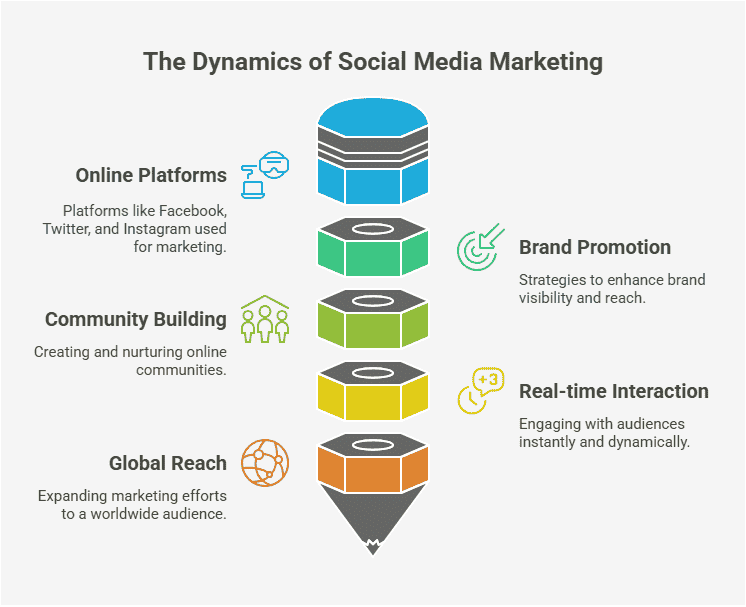
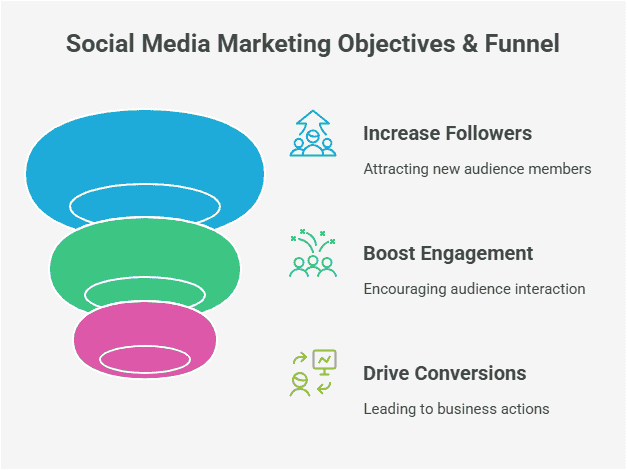
![Types of Social Media Platforms [2025]](https://images.squarespace-cdn.com/content/v1/6318b4a4d2be9942d0b2a3c7/95c45832-9d4f-415b-b4de-26877ae4ead1/Types+of+Social+Media+Platforms+%5B2025%5D)
